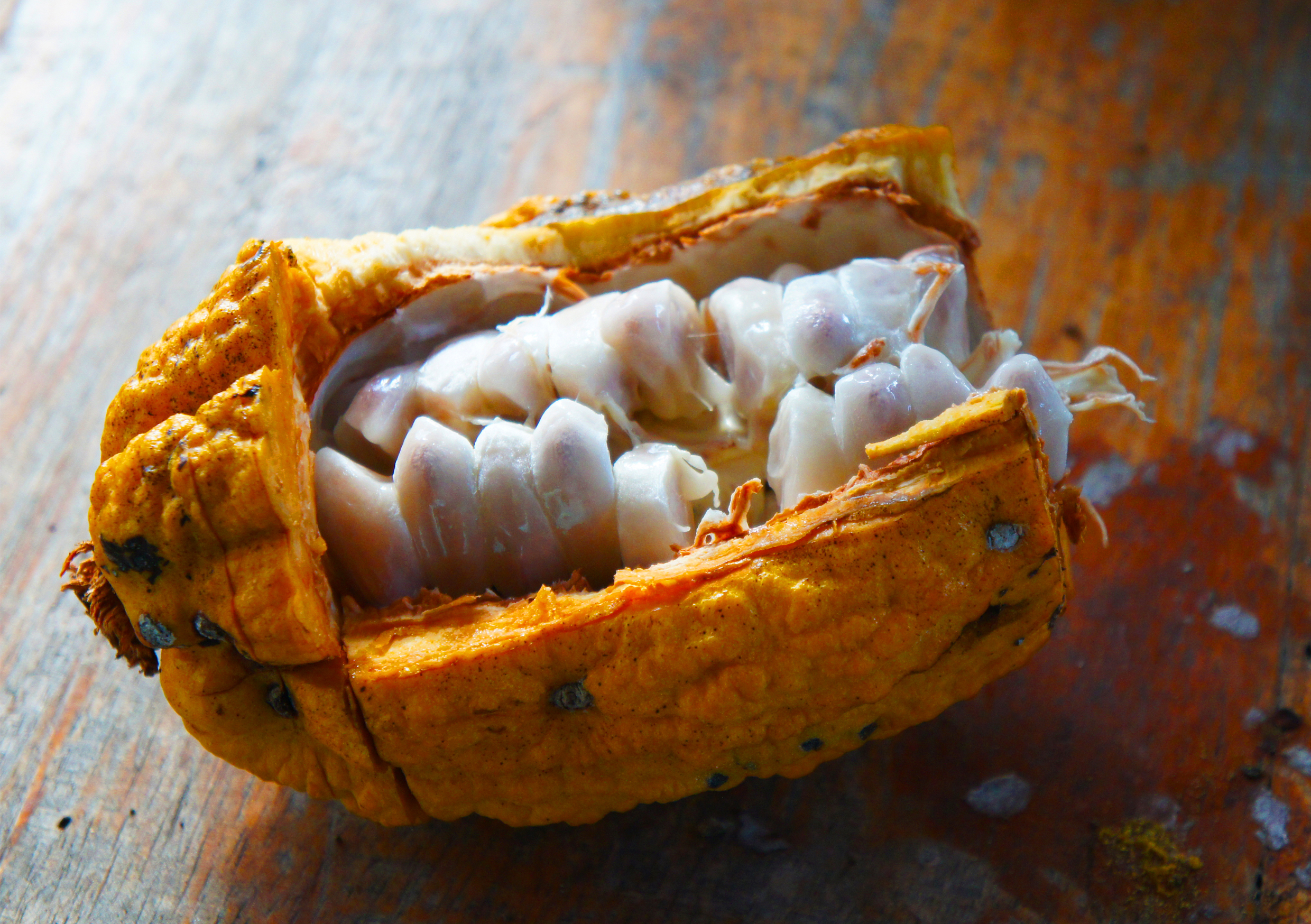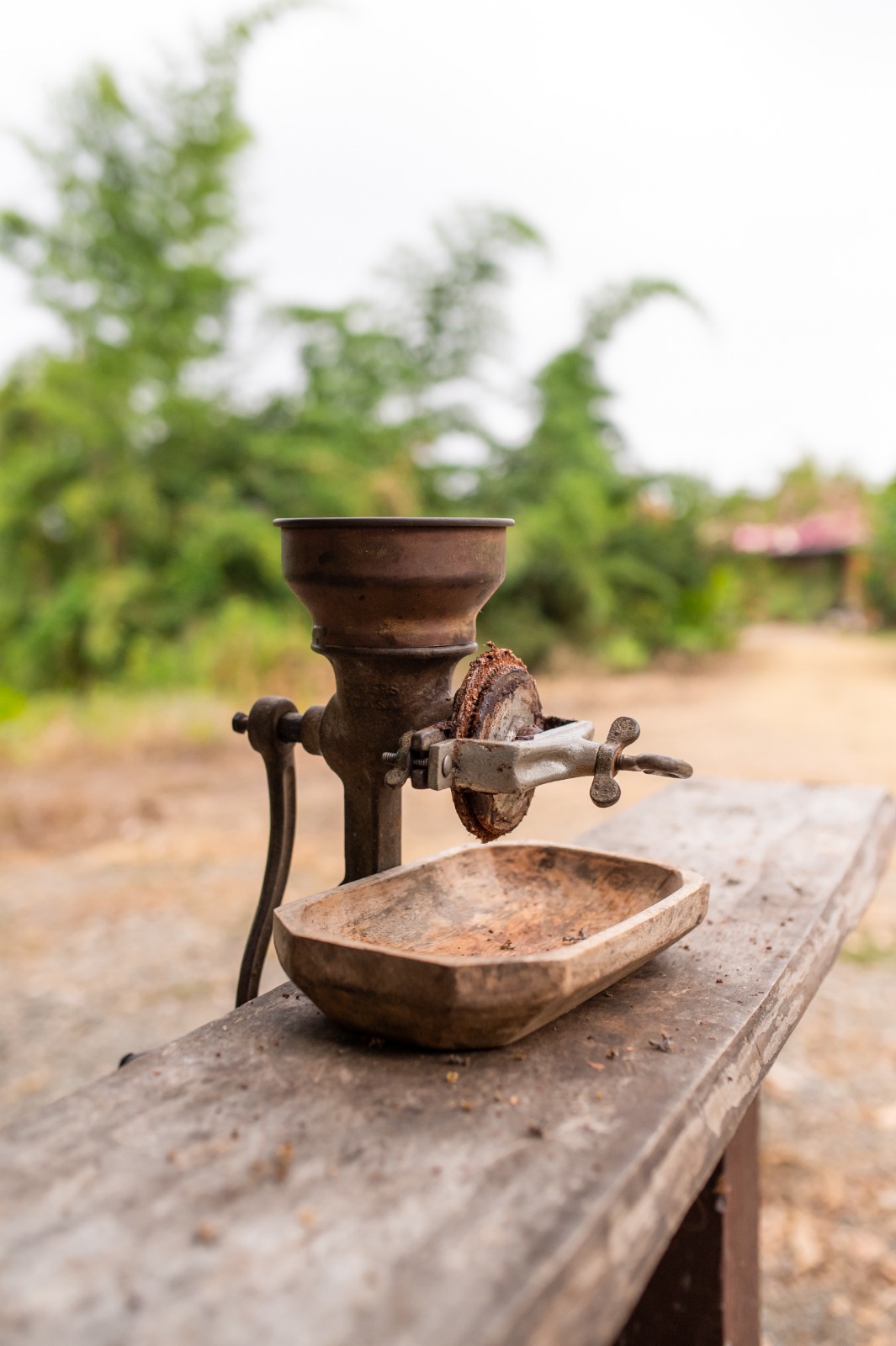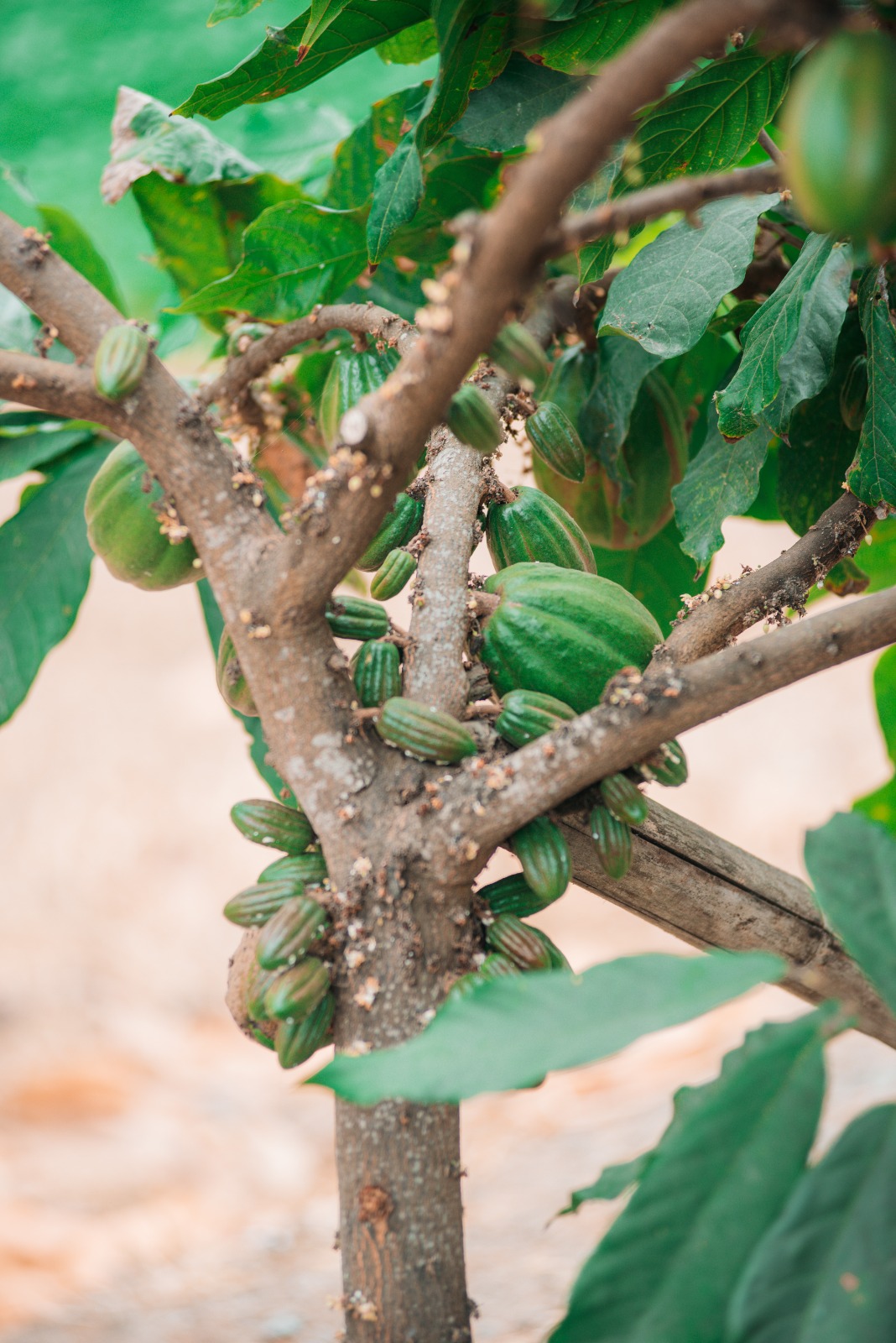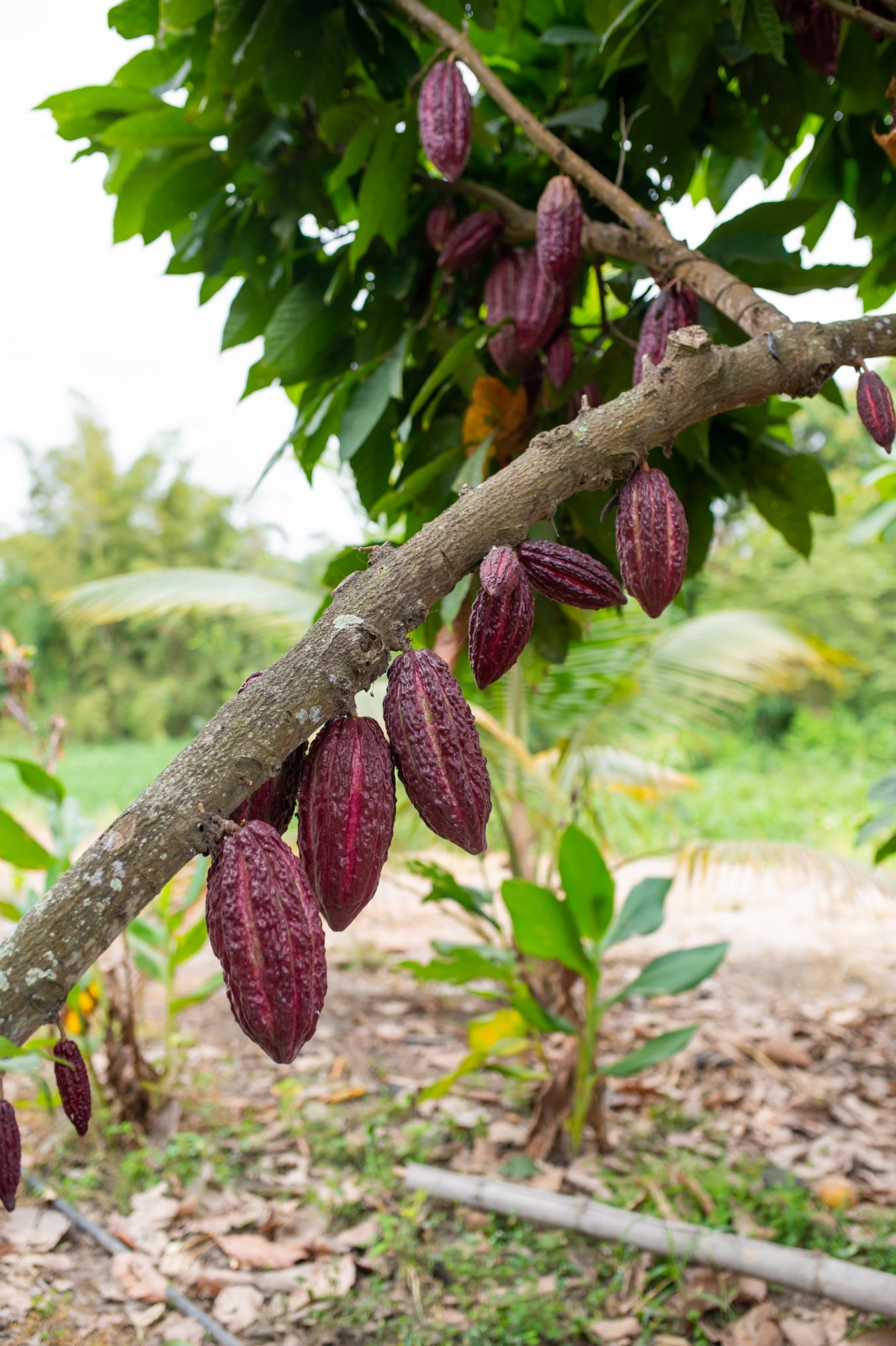Over the years, there has been a long debate among researchers, scientists, and professionals regarding the origins, usage, and domestication of Theobroma Cacao, commonly known as cacao. While it was conventionally believed that cacao originated in Mesoamerica and later spread to South America, a recent discovery demonstrate that it actually happened the other way around. Let’s take a closer look.
Ancient Traces
While the plant’s existence in the tropical and humid regions of South America was known, little was understood about its domestication and usage. A study published in the Scientific Reports (07/03/2024) finally sheds light on the journey of T. Cacao from its native Amazonian habitat to the Pacific coast and eventually to Central America. Researchers went behind the traces and use of T. Cacao, and the new findings demonstrate a large spectrum of its domestication from the Ecuadorian Amazon and along South American’s Pacific Coast, early , as off 5300 years BP, and in subsequent periods of time.
Researchers analyzed a large sample of pre-Columbian ceramic artifacts found along the pacific coasts of Ecuador, Colombia, as well as in Central America. Through the analysis of ancient DNA from remains of plants, corresponding to food residues adhered and absorbed by the ceramic walls of 352 archeological items. It was not only discovered the presence of T Cacao ancient DNA on almost 30% of the ceramic items (used in both domestic and ritual activities) bu also a widespread utilization of cacao dating back 5300 years.
Cultural Exchange and Trade
The migration and trade exchanges between Amazonian peoples and their neighbors along the Pacific coast facilitated the dispersal of cultivated T.Cacao plants (they started at least at mid Holocene times) and the emergence of Hybrid forms. The arrival of cacao to Central America, northward overland or by sea still raises many questions. Some authors suggest exchanges and trade routes between the Ecuadorian Pacific Coast and Mesoamerica based on similarities between ceramics (particularly Between Ecuador & Guatemala).
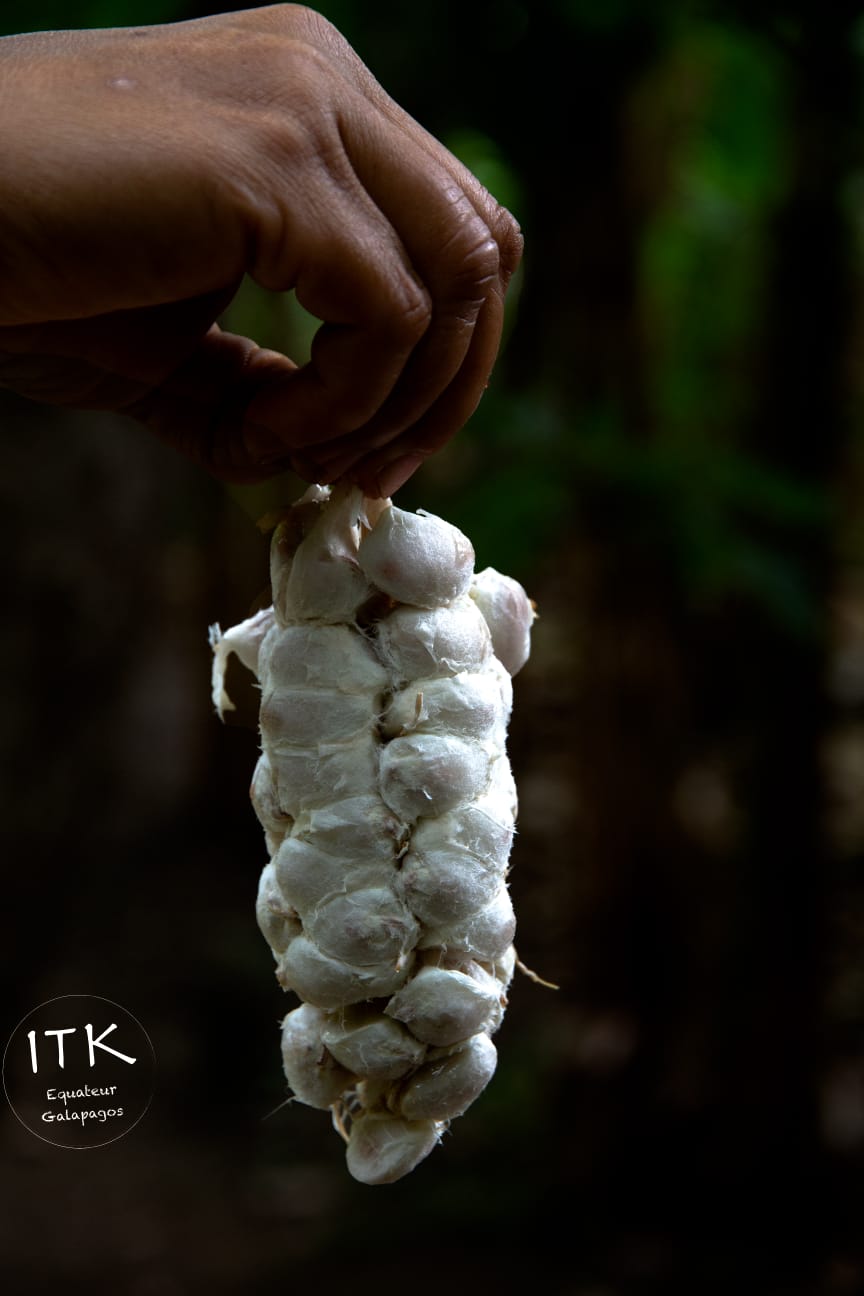
Several other facts have been pointed out showing that maritime navigation was possible at early times and could have supported cacao’s dispersal from Ecuador to Mesoamerics. Recent findings based on ancient DNA analyses have shown an early dispersal of maize, first domesticated in Mexico, to Perú 6700–5000 years BP (Before Present), through a rapid coastal migration route from the Pacific lowlands. These findings demonstrate the early and possible rapid exchange of plants between Mesoamerica and the Pacific coast of South America where the Pacific coast of Ecuador and cacao may also have been involved in these exchanges.
Anyway, intense commercial interactions along the vast river networks of Amazonia and along the Pacific coast waters contributed to the exchange of goods, knowledge, and ideas, shaping the cultural landscape of the region around this plant species, making it a favorable setting for it to adapt to new environments and adoption by local human cultures.
The Rich History of Cacao in Ecuador
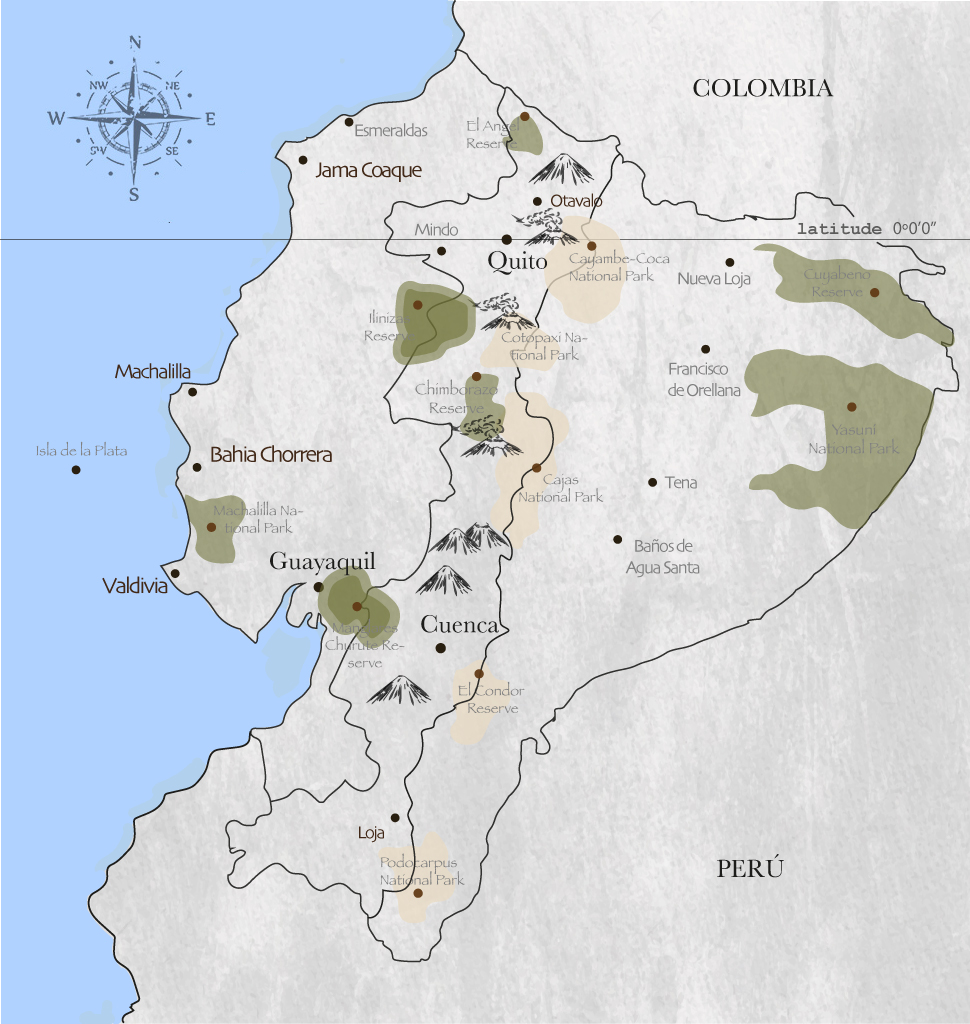
Ecuador boasts a rich history intertwined with the cultivation and consumption of cacao. From ancient civilizations to modern-day farmers, the legacy of this prized crop has marked the country’s culture and economy.
As we’ve seen, the story of cacao in Ecuador dates back millennia. Indigenous peoples revered cacao not only for its culinary value but also for its ceremonial and medicinal purposes. With the arrival of Spanish conquistadors in the 16th century, cacao found its way into the global spotlight. Ecuador’s favorable climate and fertile soil made it an ideal region for cacao cultivation, leading to the establishment of vast plantations known as “haciendas.”
By the 19th century, cacao had emerged as one of Ecuador’s most lucrative exports, driving economic growth and prosperity in the region. Small-scale farmers, known as “cacaoteros,” played a crucial role in expanding cacao cultivation across the country, particularly in the coastal provinces of Guayas and Los Ríos. The development of new varieties, such as the famous “Arriba Nacional” (Cacao de Arriba, which translates to Cacao from up the river), which is a “Criollo” strain, further solidified Ecuador’s reputation as one of the main cacao producers.
Beyond its economic importance, cacao holds deep cultural significance for the people of Ecuador. It is celebrated in traditional festivals, such as the “Fiesta del Cacao y del Chocolate,” where locals showcase their finest cocoa-based creations. Moreover, Ecuadorian cuisine incorporates cacao in various dishes, from savory sauces to desserts.
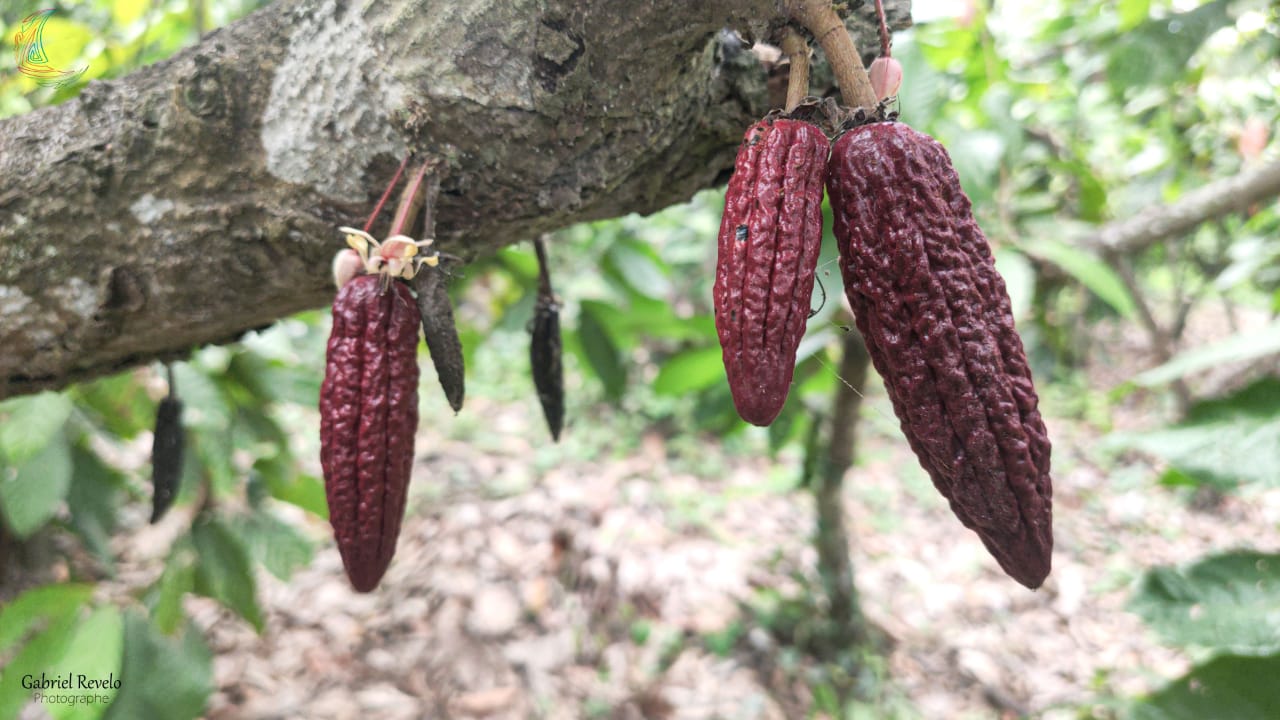
Despite its rich heritage, the Ecuadorian cacao industry faces several challenges, including pests, diseases, and fluctuating market prices. However, with innovation and collaboration, these challenges can be overcame. The rise of “fine flavor” cacao varieties and the growing demand for organic, ethically sourced chocolate present new opportunities for Ecuadorian farmers to thrive in the global cacao market.
As we celebrate the origins and legacy of cacao in Ecuador, it is essential to recognize the resilience and ingenuity of the people who have nurtured this remarkable crop for generations.
Conclusion
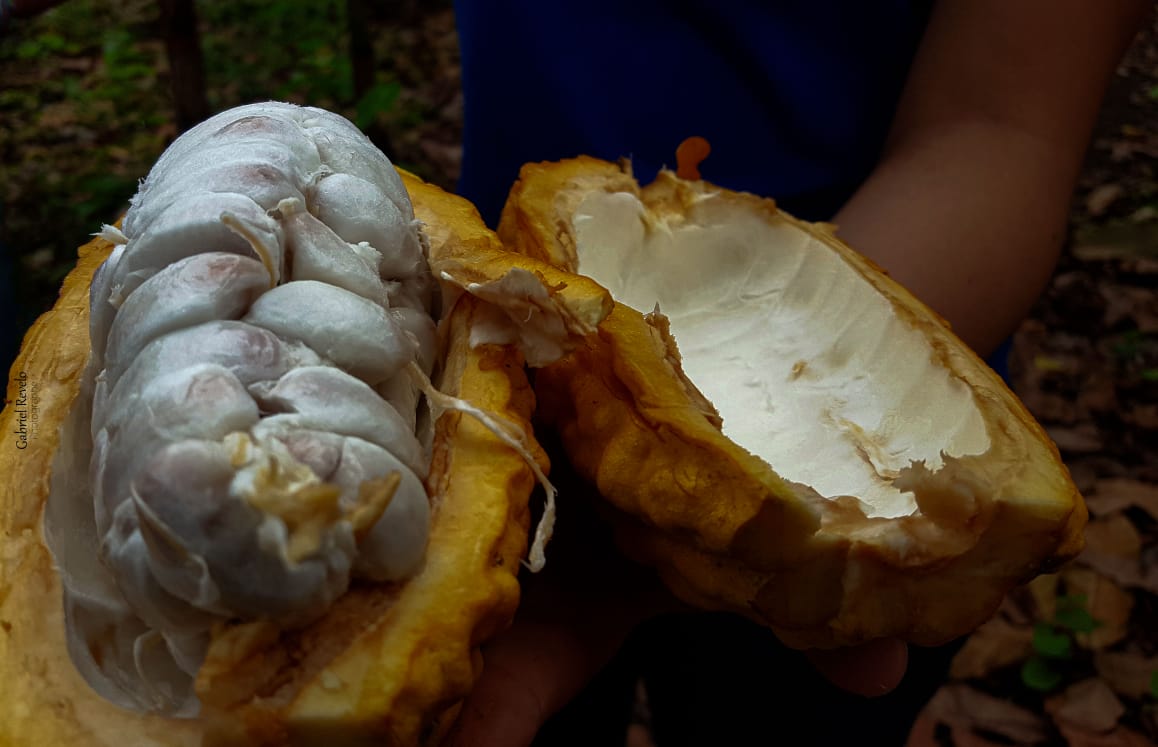
The journey of cacao from the depths of the Amazon rainforest to the shores of the Pacific coast reveals a rich tapestry of cultural exchange, trade, and domestication. As we unravel its complex ancestry, we gain valuable insights into the history and resilience of this beloved crop. Despite the well-documented use and domestication of cacao in Mesoamerica and Central America, particularly among the Mokaya, Olmec, and Maya populations, where the Criollo variety was revered for its fine flavor and aromatic qualities, it’s important to acknowledge the significance of its origin in the Amazon.
While the plant was initially introduced through human-mediated dispersal, Mesoamerica and Central America are still regarded as the homelands of cacao for many people, a fact we should recognize.



